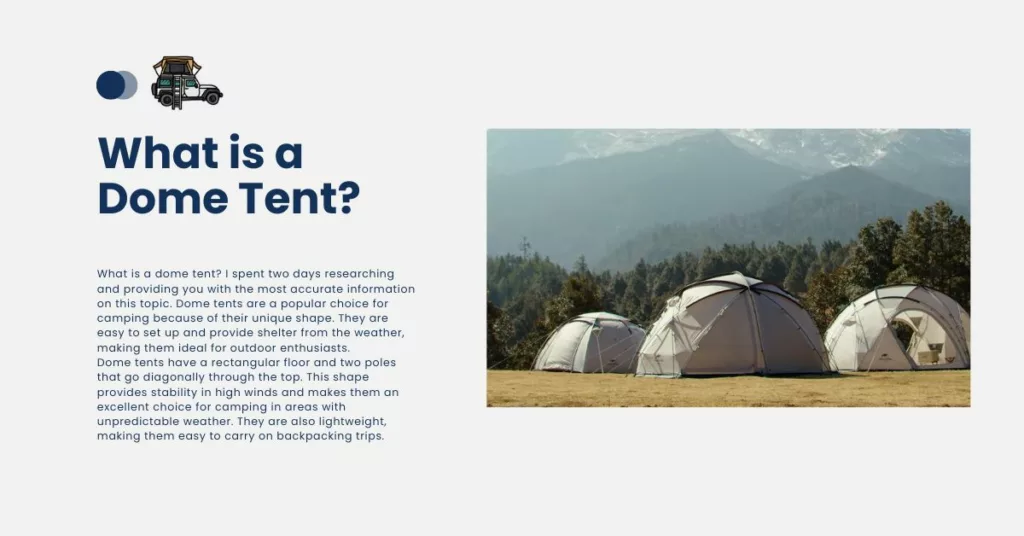
Do you want to learn What is a dome tent?
I spent two days researching and to provide you with the most accurate information on this topic. Dome tents are a popular choice for camping because of their unique shape. They are easy to set up and provide shelter from the weather, making them ideal for outdoor enthusiasts.
Dome tents have a rectangular floor and two poles that go diagonally through the top. This shape provides stability in high winds and makes them an excellent choice for camping in areas with unpredictable weather. They are also lightweight, making them easy to carry on backpacking trips.
There is a lot to talk about so let’s begin!
Key Takeaways
- Dome tents are a popular choice for camping due to their unique shape and ease of setup.
- They provide shelter from the weather and are ideal for outdoor enthusiasts.
- Dome tents have a rectangular floor and two poles that provide stability in high winds and are lightweight, making them easy to carry on backpacking trips.
Table of Contents
What Is a Dome Tent?
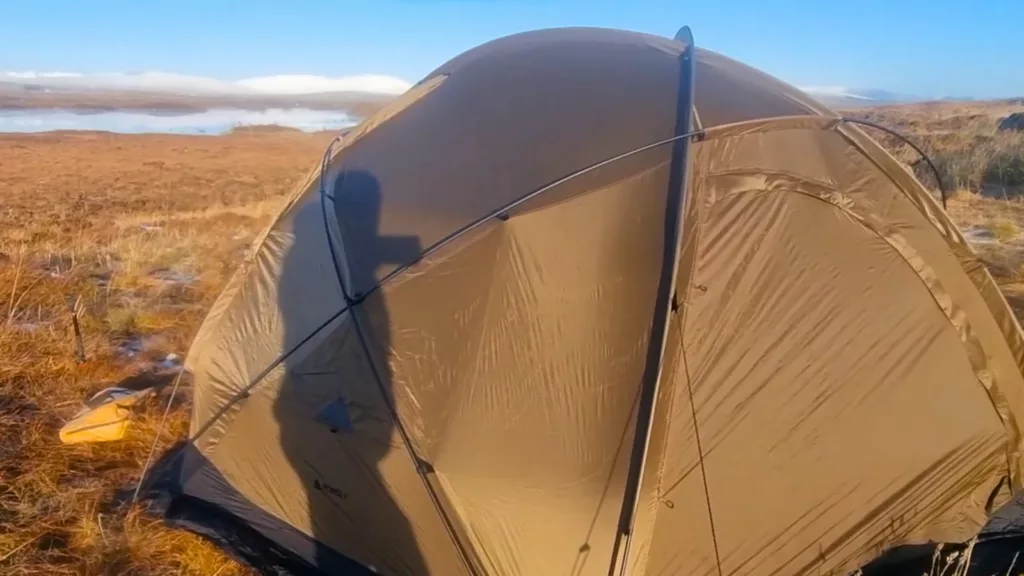
A dome tent is a type of camping tent with a dome-shaped structure with a rectangular floor and two or more poles that cross at the top of the dome. Dome tents are popular among campers because of their unique design, which provides stability in high winds and protection from the elements.
Dome tents come with a variety of features to enhance camping comfort and convenience. For example, many dome tents have a vestibule that extends from the entrance of the tent to create extra storage space for gear and shoes. Additionally, some dome tents have a mesh window or door that allows for ventilation and visibility, an inner pocket or loop that can hold a lantern or other items, and more.
Are Dome Tents Good?
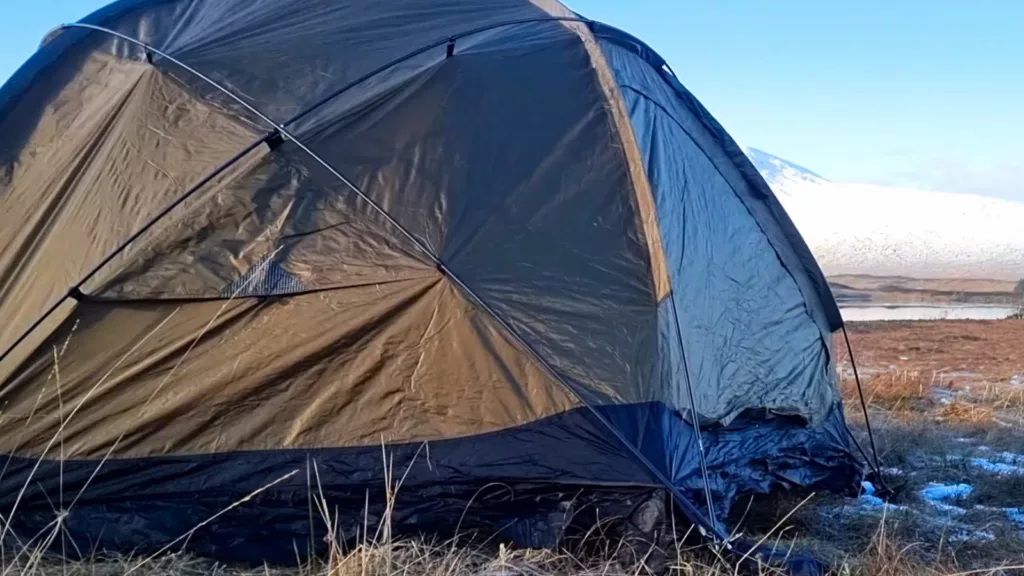
When it comes to camping, dome tents are a practical and convenient choice that many people prefer. They come in various sizes and are usually constructed with lightweight materials, along with fiberglass or aluminum poles for support.
Additionally, most modern dome tents offer proper ventilation to prevent condensation from building up inside. They also feature mesh panels to allow air circulation while keeping pesky bugs out. Keep in mind that dome tents are better suited for sleeping than hanging out and can be great for backpacking or car camping, depending on the model.
Ultimately, the decision to use a dome tent for your camping needs will depend on your specific preferences and requirements.
When Should You Use Dome Tents?
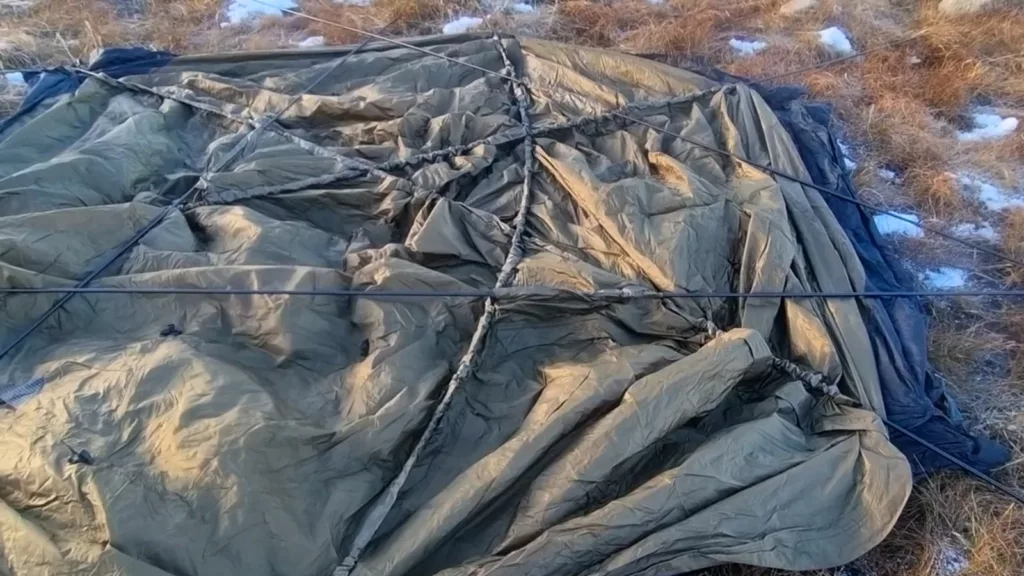
Here are some scenarios where a dome tent might be the right choice for you:
- When you are camping in mild to moderate weather conditions, such as spring, summer, or fall.
- When camping on flat or slightly uneven ground with enough space for staking or pegging.
- When you are camping for a short period, such as a weekend or a few days.
- When you are camping with a small to medium group of people, such as family or friends.
- When you are looking for a simple, lightweight, and versatile tent that can be easily set up and packed.
Dome tents are also a great option for events like festivals or outdoor gatherings. They are easy to set up and take down, and their unique shape can add a fun and quirky element to your outdoor space.
One thing to keep in mind is that dome tents may not be the best choice for extremely windy conditions. While they can withstand moderate winds, heavy winds can make the tent feel unstable and uncomfortable. In these cases, it may be best to opt for a more robust tent with a sturdier frame.
Types of Dome Tents
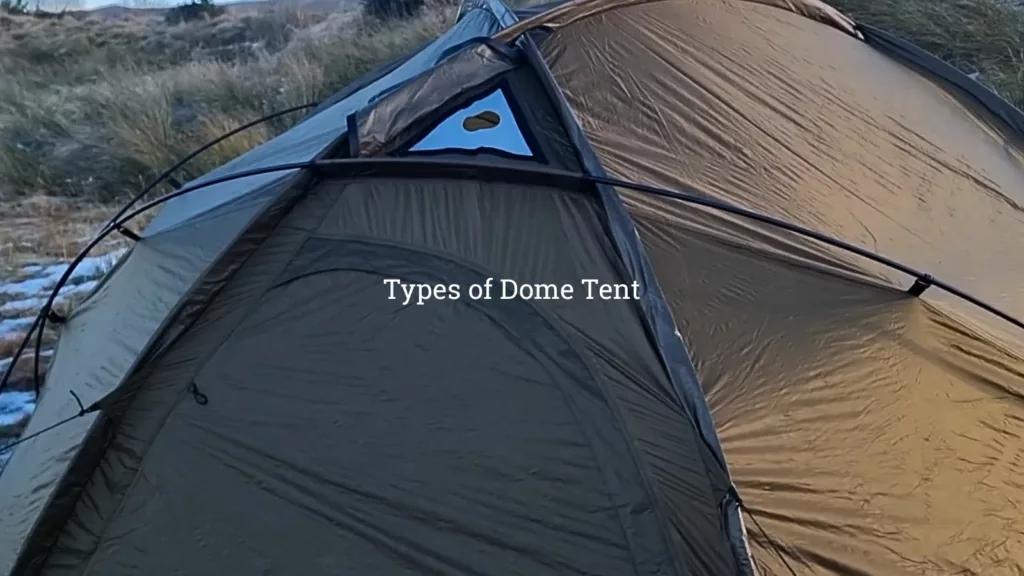
When it comes to choosing a dome tent, there are several types available that vary in size, shape, design, and features. Here are some common types of dome tents:
Standard Dome Tent
This is the basic type of dome tent that has two poles crossing at the top of the dome and a rectangular floor. It usually has one or two doors and windows, a rainfly, and a vestibule. The standard dome tent can accommodate 2 to 6 people depending on the size.
Geodesic Dome Tent
A geodesic dome tent has more than two poles crossing at different angles to create a more complex and stable structure. It usually has more headroom and floor space than a standard dome tent. The geodesic dome tent can withstand harsher weather conditions and can accommodate 4 to 8 people depending on the size.
Semi-Geodesic Dome Tent
A semi-geodesic dome tent has three poles crossing at the top of the dome and a hexagonal floor. It is a compromise between a standard dome tent and a geodesic dome tent, offering more stability and space than the former but less weight and complexity than the latter. The semi-geodesic dome tent can handle moderate to severe weather conditions and can accommodate 2 to 4 people depending on the size.
Pop-up Dome Tent
A pop-up dome tent has spring-loaded poles that automatically pop up when the tent is released from its bag. It is the easiest and fastest type of dome tent to set up, usually within seconds. However, it is also the hardest to pack and store, requiring some practice and patience. The pop-up dome tent is suitable for casual camping in fair weather and can accommodate 2 to 4 people depending on the size.
With so many options available, you’re sure to find the perfect dome tent for your next camping adventure.
What Is the Difference Between a Dome Tent and a Cabin Tent?
Two of the most popular types of tents are dome tents and cabin tents. While both types of tents offer unique features and benefits, they also have some significant differences.
Here are the main differences between a dome tent vs a cabin tent:
Dome Tent
Here are some of the features, advantages, and disadvantages of a dome tent:
- Accommodates 2 to 8 people depending on the size
- Lightweight and compact, making it easy to carry and store
- Affordable, making it a good option for budget-conscious campers
- Easy to set up and take down, usually requiring only one person
- Requires less ground space, making it ideal for camping in tight spaces
- More stable in windy or snowy conditions due to its aerodynamic shape
- Less standing space, living space, and privacy than in a cabin tent
- Less ventilation and natural light due to its smaller windows and doors
Cabin Tent
Here are some of the features, advantages, and disadvantages of a cabin tent:
- Accommodates 4 to 12 people depending on the size
- More standing space, living space, and privacy than in a dome tent
- More ventilation and natural light due to its large windows and doors
- Heavy and bulky, requiring more than one person to carry and store
- Expensive, making it a less budget-friendly option
- Difficult to set up and take down, requiring more time and effort
- Requires more ground space, making it ideal for camping in open areas
- Less stable in windy or snowy conditions due to its straight walls and flat roof
Ultimately, the right choice depends on your camping needs and preferences.
Conclusion
So, what is a dome tent? In summary, a dome tent is a type of camping tent with a dome-shaped roof created by two or more poles crossing at the top of the tent. Dome tents are popular among campers due to their strength, stability, ease of setup, freestanding ability, peak height, versatility, compatibility, and affordability.
However, dome tents also have some disadvantages, such as slanted walls, instability in high wind or heavy snow, and unsuitability for extreme weather or long-term camping. Therefore, dome tents are ideal for camping in mild to moderate weather conditions, on flat or slightly uneven ground, for short periods of time, with small to medium groups of people.
Dome tents come in different types, including standard, geodesic, semi-geodesic, and pop-up. Each type has its own unique features and benefits that cater to different camping needs and preferences.
Compared to cabin tents, dome tents differ in terms of shape, size, design, features, performance, comfort, and convenience. Dome tents are generally smaller, lighter, and easier to set up than cabin tents, but they also have less headroom and storage space.
I hope this article has provided you with useful information on what a dome tent is, its advantages and disadvantages, and its suitability for different camping scenarios. If you have any questions, comments, or feedback, please feel free to leave them below.
Frequently Asked Questions
What are the benefits of using a dome tent?
Dome tents are popular among campers for several reasons. They are easy to set up, lightweight, and provide excellent protection from the elements. The dome shape of the tent provides better stability in high winds, making it ideal for camping in windy areas. They also offer plenty of headroom, allowing you to move around comfortably inside the tent. Additionally, dome tents are available in various sizes, making them suitable for solo camping or camping with friends and family.
How do you set up a dome tent?
Setting up a dome tent is relatively easy and can be done in a few simple steps. First, lay the tent flat on the ground and stake the corners to secure it in place. Next, insert the poles into the sleeves or clips on the tent. Once the poles are in place, lift the tent and secure the poles to the tent’s base. Finally, stake the guylines to secure the tent and adjust the tension as needed.
What are the parts of a dome tent?
Dome tents consist of several parts, including the tent body, rainfly, poles, stakes, and guylines. The tent body is the main part of the tent and provides shelter from the elements. The rain fly is a waterproof cover that goes over the tent’s body to protect it from rain and snow. The poles provide structure and support to the tent, while the stakes and guylines keep the tent anchored to the ground.
What are the disadvantages of using a dome tent?
While dome tents have many benefits, they also have some disadvantages. One of the main disadvantages is that they are not as spacious as other types of tents, such as cabin tents. Additionally, dome tents can be challenging to set up in windy conditions, and the poles can sometimes break under high winds. Finally, dome tents are not as durable as other tents and may need to be replaced more frequently.
What are some tips for caring for a dome tent?
To keep your dome tent in good condition, it’s essential to take proper care of it. Always clean and dry your tent before storing it to prevent mold and mildew growth. Additionally, avoid packing your tent tightly, as this can damage the poles and fabric. Finally, be gentle when setting up and taking down your tent to prevent tears and damage.
What are some alternative tent options to a dome tent?
If you’re looking for an alternative to a dome tent, there are several options to consider. Cabin tents are larger and more spacious than dome tents, making them ideal for family camping trips. Backpacking tents are lightweight and compact, making them perfect for solo camping or hiking trips. Finally, teepee tents provide plenty of space and headroom and are easy to set up, making them ideal for camping with friends and family.
